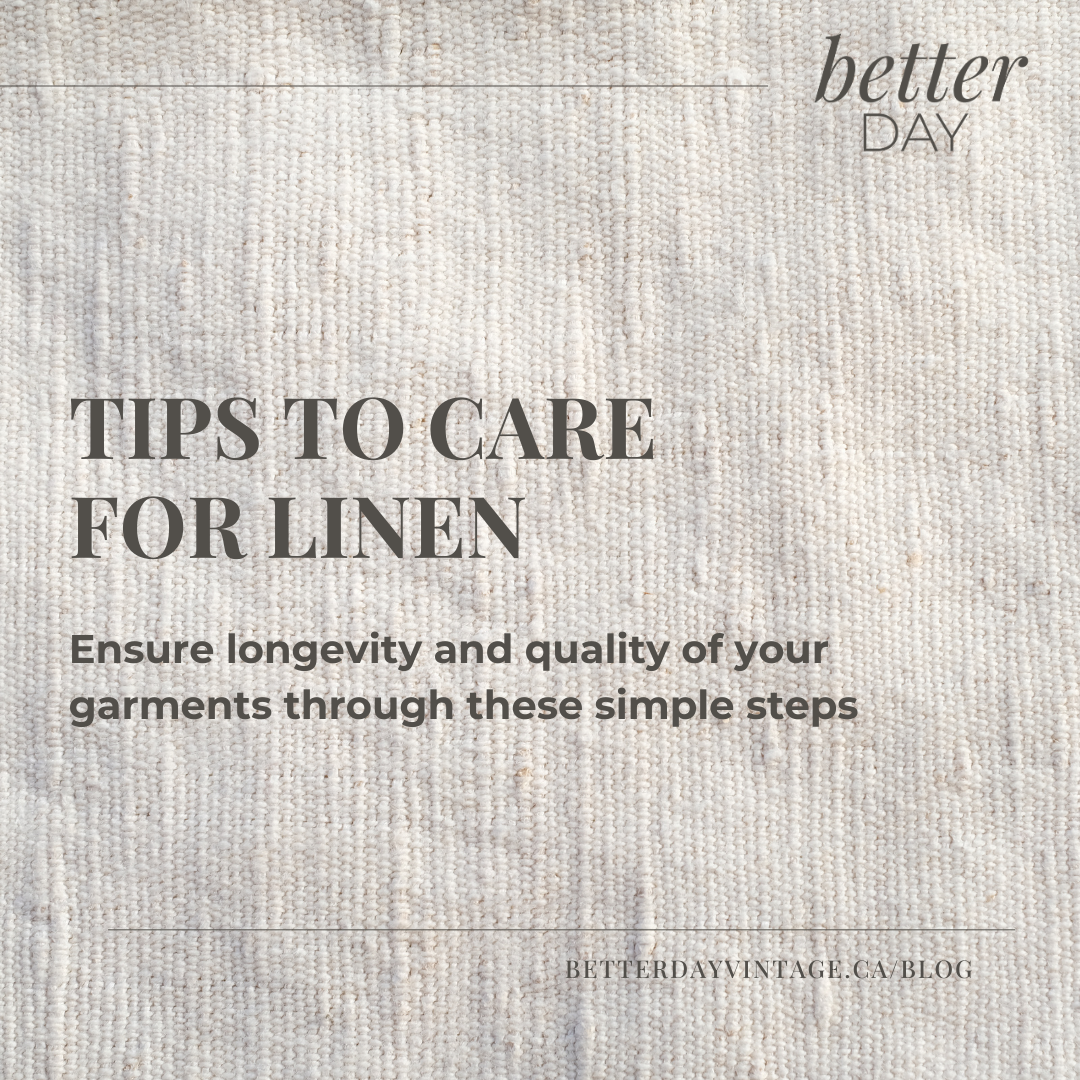Linen is made from the cellulose fibers of the inner bark of the flax plant, which are called bast fiber.
Linen is far more absorbent and quick-drying than most fabrics used in the manufacture of clothes, natural or otherwise. It wicks moisture from the skin and is super breathable, making it a naturally occurring perfect fabric for warm-weather clothes.
Proper care of your linen garments extends their lifespan significantly, preserving their natural beauty and keeping them looking fresh and stylish for many years.
To ensure the longevity and maintain the quality of your linen fabric, please follow these care and wash instructions:
- Hand Wash or Machine Wash Cold: Wash your linen pants in cold water on a gentle cycle to prevent shrinkage and maintain fabric integrity.
- Use Mild Detergent: Use a mild, eco-friendly detergent to preserve the natural fibers and prevent any harsh chemical damage.
- Wash with Similar Colors: To avoid color bleeding, wash your linen pants with similar colors.
- Avoid Bleach: Do not use bleach or any strong chemicals, as they can weaken the fabric and affect the color.
- Air Dry: For best results, air dry your linen pants. Lay them flat on a clean surface or hang them to dry, avoiding direct sunlight to prevent fading.
- Iron on Low: If ironing is needed, use a low heat setting while the pants are slightly damp. This helps smooth out wrinkles without damaging the fabric.
- Do Not Tumble Dry: Avoid using a tumble dryer, as the heat can cause shrinkage and damage the fabric.
- Store Properly: Store your linen pants in a cool, dry place. Avoid hanging them for long periods to prevent stretching; instead, fold them neatly.
By following these instructions, you'll ensure your linen garments remain beautiful, comfortable, and durable for years to come.
The History of Linen
The earliest linen artifacts in Europe date back to 4000 BCE in Swiss lake finds.
The Babylonians first started weaving flax and are credited with starting the linen trade. However, the Egyptians are best known for their use of linen in the ancient world.
Linen was commonly used for undergarments and sleepwear for all classes of people. Linen was also woven into bedsheets, napkins, and other household fabrics. This is why the term “linens” became synonymous with household items such as bedding, tablecloths, and towels.
How Linen is Made
Modern-day linen is still made much the same as it was back in the days of Ancient Egypt.
Retting, or steeping, is the process of removing the fibre from inside the flax plant stalk. Depending on the process used, the plant is exposed to varying amounts of water to break down the cells inside the plant, allowing for long, unbroken fibres to be collected.
FUN FACT: The highest quality linen in the world is retted in Belgium in the River Lys.
After retting, the fibres are allowed to dry. Then, they are scutched, which breaks down any remaining wood from the stem and removes it, and combed or heckled to separate the short and long fibres.
Once the fibres have been fully processed, they can be spun into yarn and then milled into fabric.
Sustainability
Today, linen is being rediscovered as an everyday fabric and a luxury fabric.
Improvements in linen production have made linen more affordable, and it is seeing a return as an everyday fabric.
As a natural fibre, linen is biodegradable.
However, the harmful impact of linen production has more to do with the structure of the supply chain — i.e., shipping costs, unfair labour practices at some facilities, and wasteful practices to increase production and save time at large-scale facilities
Organic, Fairtrade, and OEKO-TEX certifications are good signs, but they’re also expensive, so keep that in mind when evaluating smaller businesses.
Experience the Better Day Difference
Upgrade your wardrobe with high quality garments that support both people and the planet. We are a brand dedicated to inspiring positive change in the fashion industry. We offer elegant and eco-friendly linen clothing crafted from high-quality deadstock fabric, ensuring you get the highest quality linen at a reasonable price while helping reduce waste in the global fashion industry.
Join our community to uncover the stories behind each piece and receive exclusive updates, sustainability tips, and previews of our latest collections. Together, let's create a better future, one thread at a time.

